Technical Thursday: the importance of HVAC in fire compartmentation
In this Technical Thursday blog, we speak to Coral Morgan, Product Manager, HVAC at ROCKWOOL UK who explains the importance of compartmentation and how to select the right insulation solutions for the job.
It’s no exaggeration that effective compartmentation can save lives. When a fire breaks out, it’s critical to halt the spread of flames, smoke and hot gases around a building so that those inside have time to safely exit, or firefighters have time to safely access.
By sub-dividing a building using fire-rated materials for its walls and floors, you make compartments – manageable areas of risk – that stop a fire from moving and spreading with ease or create a protected space for those inside to shelter before the fire services arrive.
The role of HVAC in effective fire protection
HVAC pipework and services can pose a challenge to effective compartmentation as they create openings through which fire and smoke could spread. In a large hospital, for example, there could be as many 20,000 to 40,000 openings requiring treatment.
Balancing the need for building comfort, energy efficiency and fire safety can present significant challenges during the design and construction phase of any project. Identifying products that perform well under fire conditions, reduce energy consumption and minimise unwanted noise is not always obvious. These differing levels of performance criteria are often considered in isolation, which can result in costly ad-hoc rectifications.
Finding the right solution
Fortunately, ROCKWOOL offers a range of HVAC and passive fire protection products that are tested in combination to ensure cables, pipes, trunking and ductwork, or the voids they pass through, aren’t the weak link through which fire can spread, noise can travel or heat can be lost.
All ROCKWOOL products are created using non-combustible stone wool that achieves either A1 or A2-s1,d0 in the Euroclass Reaction to Fire testing system – the highest rating available. Our HVAC range not only provides non-combustible solutions, but products with added thermal and acoustic benefits built in, which means specifiers can be reassured they’re providing exceptional protection for their clients.
To help building engineers and designers to develop comprehensive HVAC systems, ROCKWOOL has recently created a suite of HVAC specification tools. The first of these is a new HVAC Systems Guide that helps users design, select and install what’s required. In particular, the guide includes the FIREPRO® Solution Finder to help specifiers choose the appropriate firestopping solution.
Working alongside the new guide is ROCK-EQ, a new online calculator that helps users determine the optimum thickness required for their individual application.
Users simply enter basic information about their specific site conditions and HVAC system, and ROCK-EQ calculates the optimum thickness to meet performance and compliance standards. As well as advising the thickness of insulation for maximum energy efficiency and fire performance, ROCK-EQ also allows you to calculate install and material costs for your particular project.
The final addition to ROCKWOOL’s HVAC support is two CPD modules. A Guide to HVAC Standards & Applications looks at HVAC holistically covering thermal, fire and acoustic performance while EN Tested Fire Duct Systems unpacks the latest compliance and testing standards.
With HVAC insulation and firestopping systems playing such a combined critical role in the safety and function of a building, these new tools and learning modules are designed to give those involved with specifying and installing greater confidence and clarity. In turn, they can advise their clients on the best possible solutions to protect building users, while also creating a comfortable and energy efficient space.


